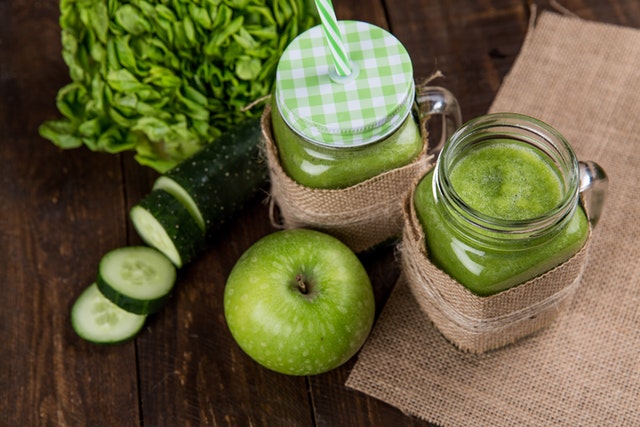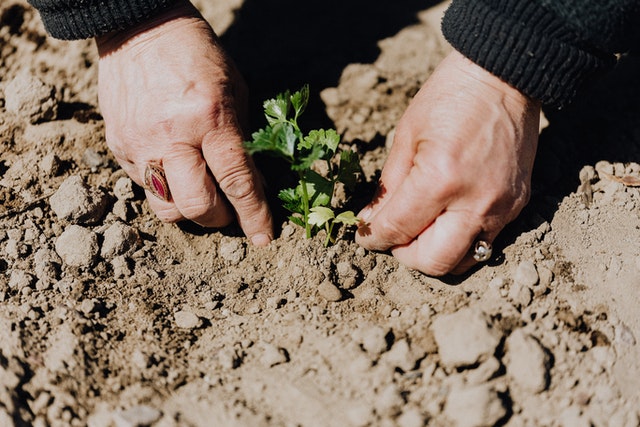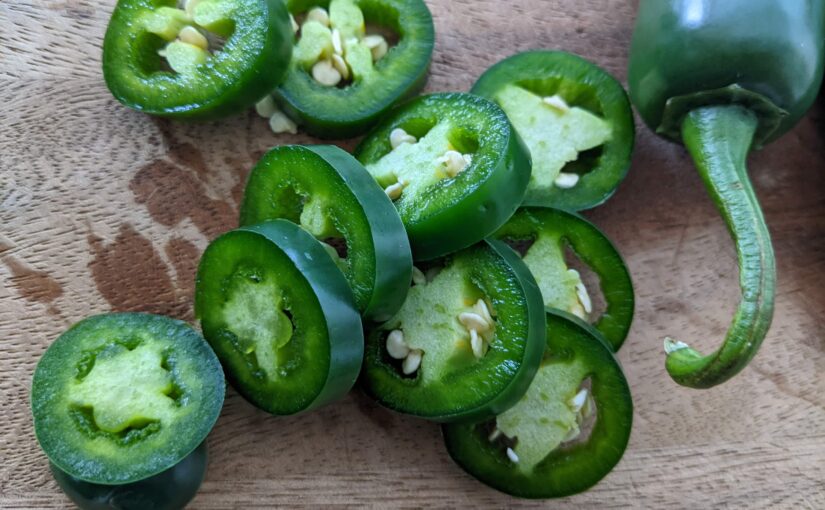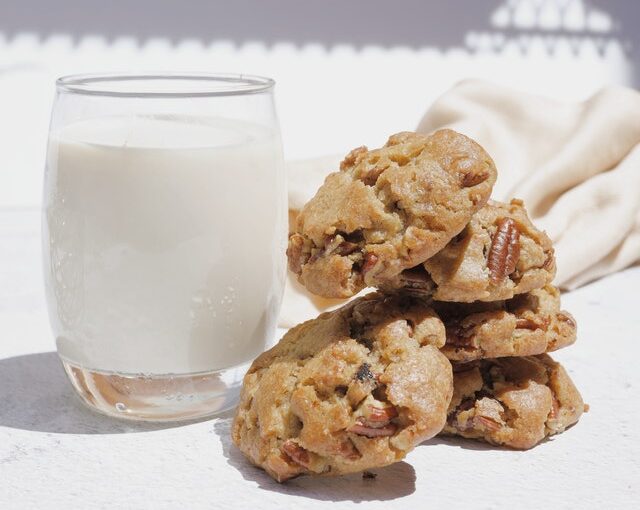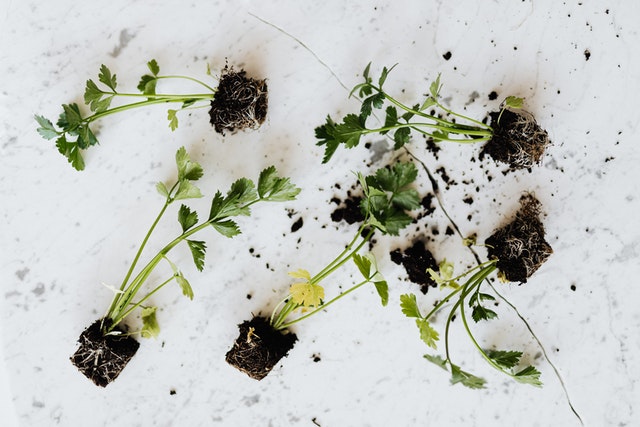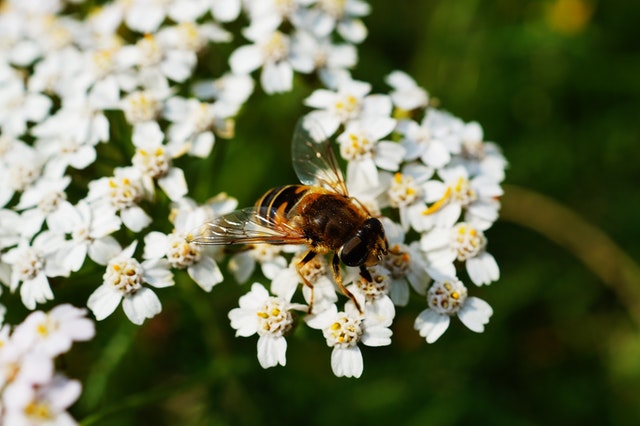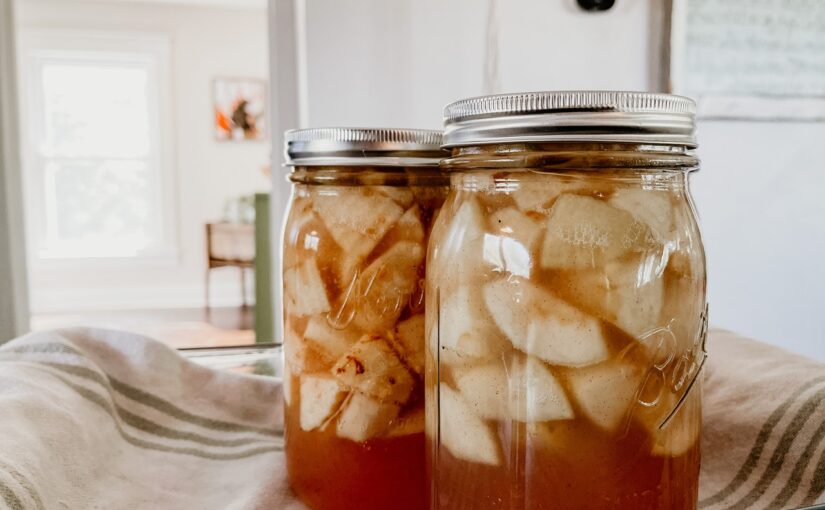When we waste less food, we need less of it per person to sustain us. In reducing the amount of food each person requires we can reduce the land area needed to grow food, and we can potentially let that space go wild once more. We can dedicate more space to its natural and historic purpose, resulting in less flooding, buffer zones that can help reduce the impact of natural disasters, and more green space for local and migratory animals. This causes land to be more resilient to changing weather, and more capable of capturing carbon, an essential element in reducing the effects of climate change.
Continue reading Reducing Food Waste (After Purchasing)Reducing Food Waste (Planning and Purchasing)
Food waste is an issue that must be addressed to help combat climate change. It is estimated that 33% of food intended for human consumption is wasted in the US, most of which goes to the landfill. Once in the landfill, this food cannot break down properly and thus produces methane, a greenhouse gas far more potent than carbon dioxide. The US Environmental Protection Agency estimates that food waste in America produces the greenhouse gas equivalent of 42 coal-fired power plants, or 170 million metric tons of carbon dioxide equivalent. Yikes.
Continue reading Reducing Food Waste (Planning and Purchasing)Planting the Garden
The past few weekends have been spent planting seeds, seedlings, and fruit trees. Sprouts have already started to emerge where the seeds were planted, and the fruit trees and seedlings seem to be happy in their new home.
Continue reading Planting the GardenCooking with Food Waste (Spring)
My kids harvested quite a lot of radishes and green garlic from our CSA farm this past week. They were so excited about the process it was hard to limit their picking. Once we were home though, we got to work figuring out just how to use the bounty before us.
Continue reading Cooking with Food Waste (Spring)Going Beyond Yourself
There is only so much we as individuals can do to lower our waste and impact, but we can increase our influence by working outside of ourselves.
Continue reading Going Beyond YourselfPickling Jalapeños
About a month ago I decided I wanted to pickle my own jalapeños. Since I make my own cashew-based queso now, I go through a lot more pickled jalapeños than I used to. Plus, they’re delicious on nachos, and I will happily find any excuse to eat more nachos.
Continue reading Pickling JalapeñosHomemade Oat Milk
This is an easy oat milk recipe that can be used by anyone with a blender and a strainer. I got the idea from several different recipes many years ago, so I don’t have a specific website to reference back to.
Continue reading Homemade Oat MilkIt’s Okay If It’s Ugly
So what if your homemade bread is misshapen? Or your clothing mending looks wonky? I’m here to tell you it’s okay to do your earth friendly activities imperfectly. Just do them. It will feel so good to do something, and I promise you’ll get better at them as you practice.
Continue reading It’s Okay If It’s UglyA Sustainable (Earth) Day
Happy Earth Day, everyone!
I feel hopeful today. I left the house this morning and passed by several volunteers picking up litter near my house. I then passed a youth-led climate strike happening at an intersection in town. And my internet feed is filled with Earth Day activities and enthusiasm. It’s so exciting to see!
Continue reading A Sustainable (Earth) DayMy Journey with Food Preservation
I talked in a previous post about my original experience with food preservation. I’d now like to share with you the journey I have gone through in regards to food preservation, and the goals I have to continue and expand my food preservation capabilities in the future. And, of course, I’ll make future posts detailing how to do each of the food preservation methods listed so that you can try them for yourself.
Continue reading My Journey with Food Preservation